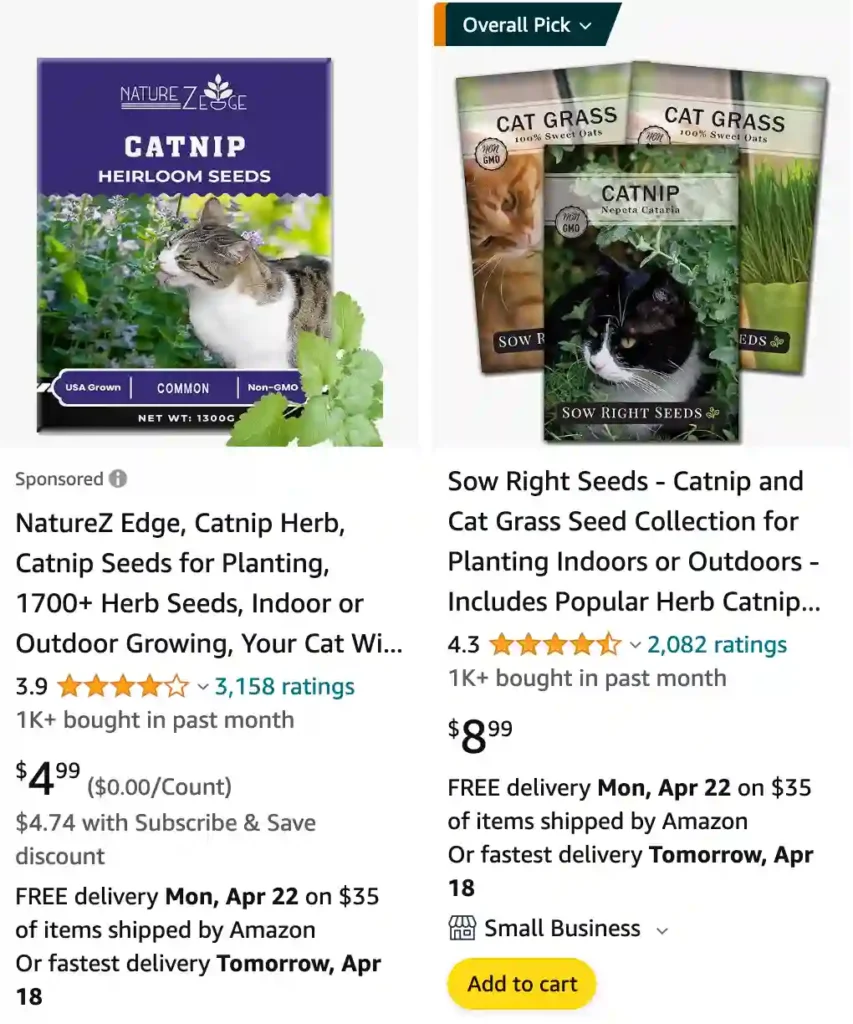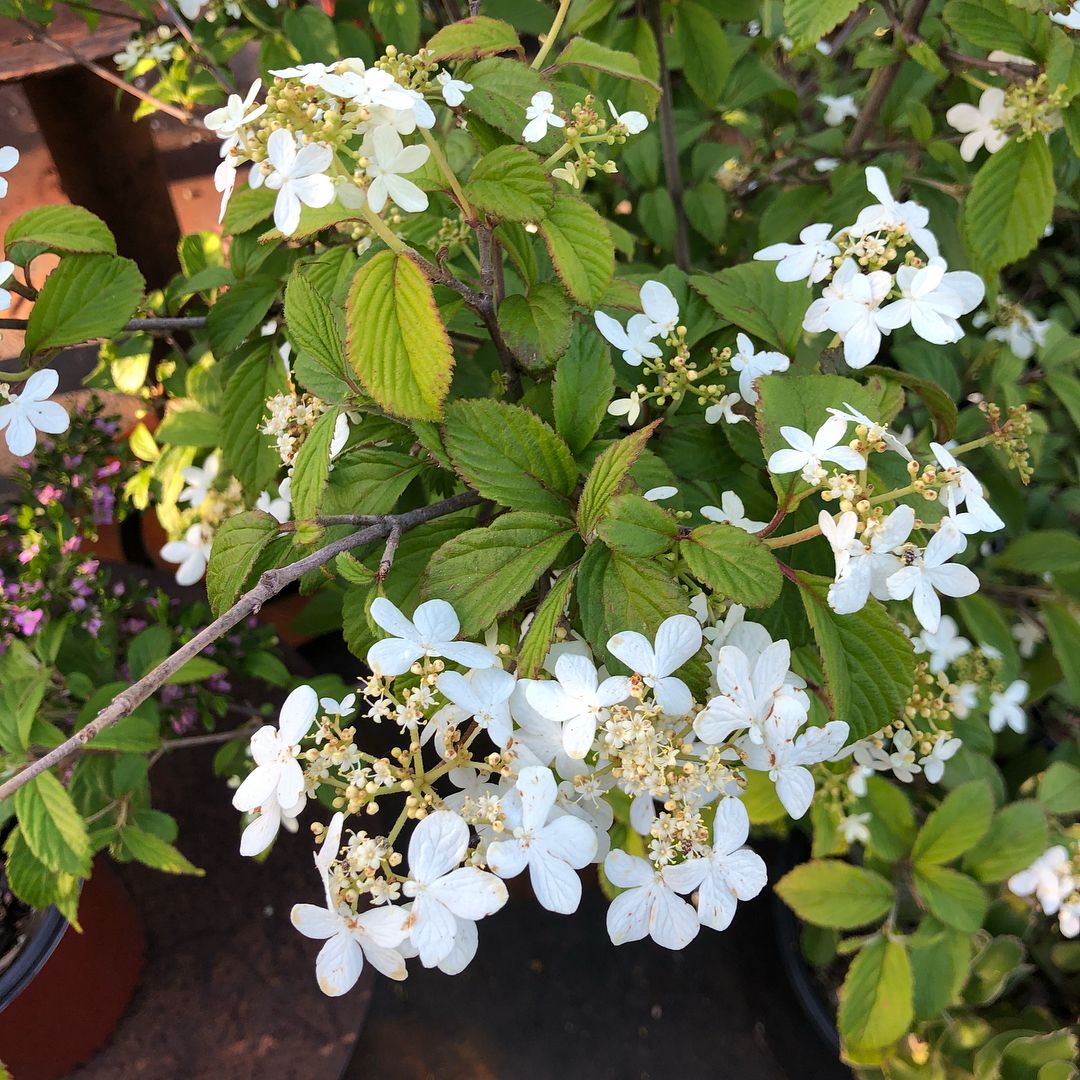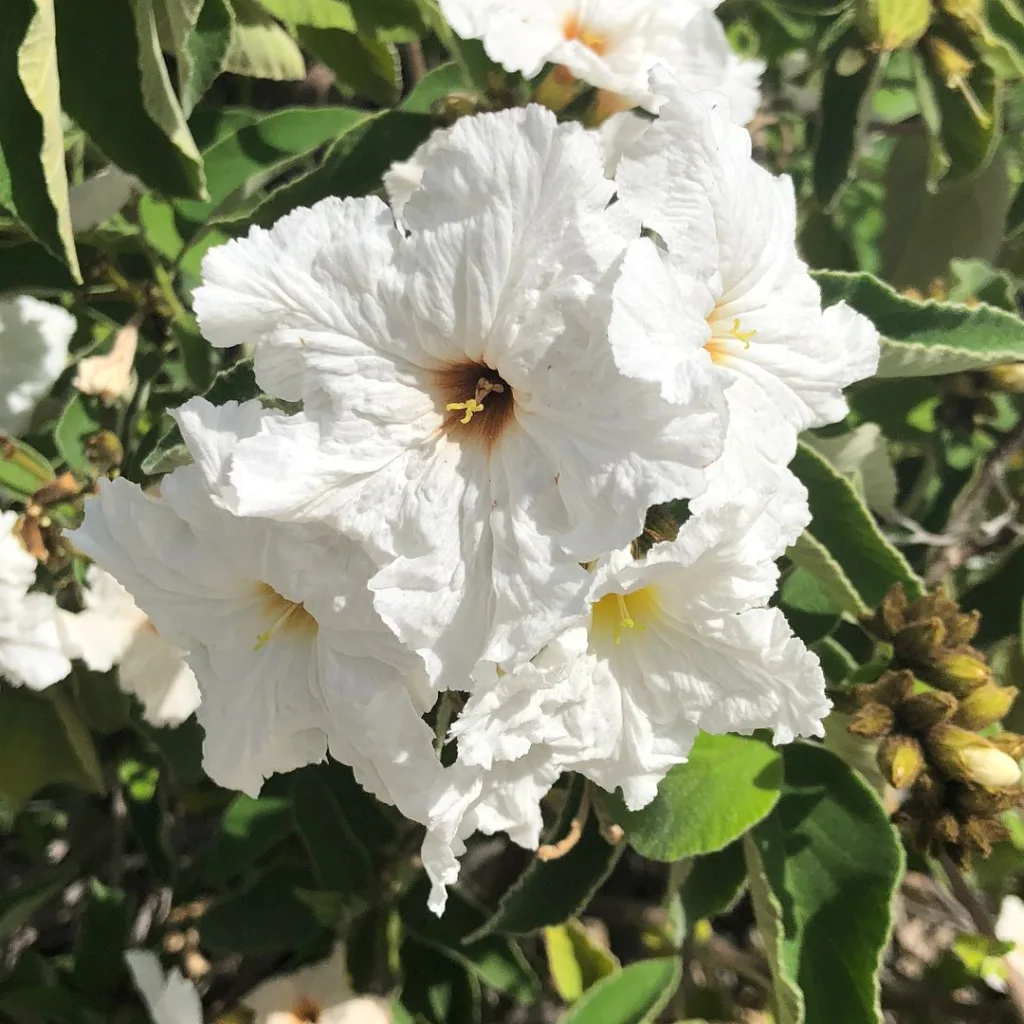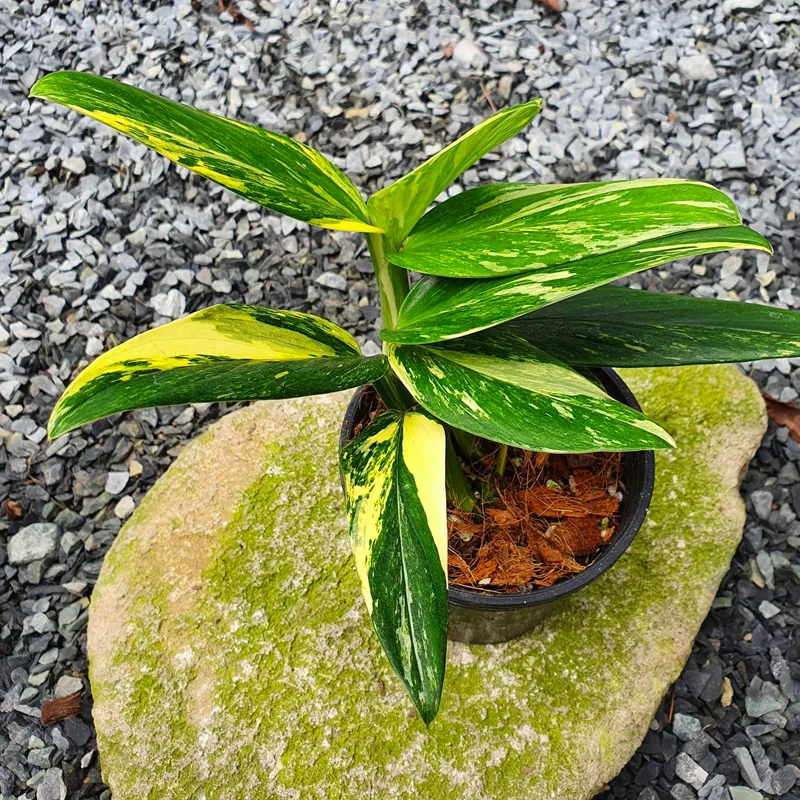
Catnip – Nepeta Cataria: My Personal Experience
When I think about catnip (Nepeta Cataria), my mind immediately conjures up the image of cats rolling, flipping, and purring in delight. But there’s so much more to this fascinating herb than its effect on our feline friends. Over the years, I’ve grown catnip in my garden and observed its unique properties. Let me share my thoughts and experiences with you.
298 Species in Genus Nepeta – Catmint
A Plant That Speaks to All
Catnip is part of the mint family, Lamiaceae, and its similarities to other mint varieties are obvious when you see its soft green leaves and smell its subtle minty aroma. This hardy perennial grows up to 3 feet tall, thriving in well-drained soil and full to partial sunlight. It’s a resilient plant that feels at home in most temperate climates.
For me, growing catnip was initially about giving my cats a treat. Little did I know, I was inviting a whole ecosystem into my garden. Bees adore its tiny, lavender-colored flowers, and its drought-tolerant nature made it perfect for my low-maintenance gardening goals.
The Feline Frenzy
Most people associate catnip with its effect on cats. I’ve seen my own cats transform into playful kittens as soon as they catch a whiff of the plant. The secret lies in a compound called nepetalactone, found in the leaves and stems.
Not all cats respond to catnip, though. About one-third of cats lack the gene that makes them sensitive to nepetalactone. Among my three cats, only two seem to enjoy its effects. Watching their joy reminds me why I love sharing my garden with them.
For cats, catnip acts as a stimulant when inhaled and a sedative when eaten. My curious kitty, Luna, prefers nibbling on the leaves, while my more energetic cat, Max, loves rolling on them.
Beyond Cats: A Human Connection
Catnip isn’t just for cats—it has a rich history in human use. Historically, it was brewed into teas for its calming effects. I decided to try this myself after a particularly stressful day. To my surprise, catnip tea had a mild, soothing effect, similar to chamomile.
Its essential oil is another marvel. Rich in nepetalactone, it serves as a natural insect repellent. I sometimes crush catnip leaves and rub them on my skin during summer hikes. It’s not as potent as commercial repellents but works well enough for short outings.
Gardening with Catnip
Growing catnip is a joy, and it’s a low-maintenance addition to any herb garden. It thrives in sunny spots but can tolerate partial shade, making it versatile for most yards. I’ve even grown it in pots to control its spread, as it can be invasive if left unchecked.
One lesson I’ve learned is to prune regularly. Without pruning, catnip can become leggy and unruly. Trimming it encourages bushier growth and keeps it looking tidy. Plus, I can dry the cuttings to make toys for my cats or store them for tea.
Catnip’s Role in Sustainability
Another reason I value catnip is its role in sustainable gardening. It attracts pollinators like bees and butterflies, supporting biodiversity in my backyard. It’s also deer-resistant, which is a blessing when you live in an area with frequent deer visits.
Catnip’s natural insect-repellent properties reduce the need for chemical sprays in my garden. By planting it strategically, I’ve noticed fewer aphids on my roses and fewer mosquitoes near my patio.
Personal Reflections
Catnip has taught me the beauty of balance in nature. Its ability to connect with animals and humans alike speaks to its versatility. Whether it’s my cats enjoying its leaves, bees buzzing around its flowers, or me sipping a calming tea, catnip offers something for everyone.
It’s a reminder of how one plant can enhance our lives in unexpected ways. My garden feels livelier with catnip, and my cats seem happier. It’s more than just an herb—it’s a bridge between species, a touch of nature that brings joy and utility in equal measure.
FAQs
What does catnip do to cats?
When my cats encounter catnip, they go wild with playful antics and rolling around, which is always entertaining to watch.
Can cats eat catnip?
I’ve seen my cats nibble on catnip from time to time, and while they don’t eat a lot, they seem to enjoy the taste.
Why do cats like catnip?
From my experience, cats are drawn to catnip because it stimulates their senses and makes them feel euphoric, almost like a cat party in their heads.
Is catnip bad for cats?
I’ve never noticed any negative effects from giving my cats catnip; they seem to enjoy it in moderation without any ill effects.
Can dogs have catnip?
I once tried giving my dog a little catnip out of curiosity, but he didn’t show much interest—it seems like it’s a feline thing.
Can kittens have catnip?
I’ve read that kittens generally don’t react to catnip until they’re a bit older, as they don’t seem to get the same buzz from it when they’re very young.
Is catnip a drug?
I’ve come to understand that while catnip can make cats act differently, it’s not a drug in the human sense—just a harmless plant that affects them in a playful way.
Can you smoke catnip?
I’ve never tried smoking catnip, but I’ve heard that it’s not really meant for that purpose and doesn’t have the same effects on people.
How long does catnip last?
From my experience, the effects of catnip usually last about 10 to 15 minutes before my cats lose interest and go back to their usual selves.
How much catnip is too much?
I’ve found that giving my cats too much catnip doesn’t make them enjoy it more—it’s better to give small amounts to keep it exciting.
How to make catnip tea?
I’ve tried making catnip tea by steeping dried catnip leaves in hot water, and while it’s safe for cats, it’s not something I’d personally drink.
Is catnip edible for humans?
I’ve read that catnip is technically edible for humans and is sometimes used in herbal teas, though I haven’t personally tried it myself.
What does catnip smell like?
Catnip has a fresh, minty aroma that’s quite pleasant and really stands out in the garden.
Can rabbits eat catnip?
I’ve heard that rabbits can nibble on catnip, but I usually stick to safer greens for them, as I’m not sure how much they should have.
Can ferrets have catnip?
I once tried giving a ferret some catnip, and while it didn’t seem to affect them much, it was a fun experiment.
Can you grow catnip indoors?
I’ve successfully grown catnip indoors by placing it in a sunny spot and keeping it well-watered, which my cats appreciate.
How to plant catnip seeds?
I’ve found planting catnip seeds to be easy; just scatter them on the soil and keep them moist until they sprout.
Does catnip work on lions?
I’ve read that larger cats like lions can respond to catnip similarly to domestic cats, though I haven’t seen it firsthand.
Can guinea pigs have catnip?
I haven’t given my guinea pigs catnip, as I prefer to stick to their usual diet, but I’ve heard they might enjoy it in small amounts.
Can rats have catnip?
I’ve seen some information suggesting that rats can have catnip, but since I haven’t tried it, I’d be cautious and stick to their regular food.
Do raccoons like catnip?
I haven’t had raccoons in my yard, but I imagine they might be curious about catnip if they came across it.
Do some cats not like catnip?
I’ve noticed that some of my cats aren’t affected by catnip at all, which is just one of those quirky things about feline personalities.
Does catnip make cats aggressive?
In my experience, catnip generally makes my cats more playful and energetic, rather than aggressive.
Does catnip make cats horny?
I’ve never observed any behavior suggesting that catnip affects my cats’ sexual behavior; it’s more about playfulness and excitement.
How to prune catnip?
I find that pruning catnip is best done by cutting it back after it blooms to encourage new growth and keep it from becoming too unruly.
Catnip vs Catmint
In my garden, I’ve found that catnip and catmint are often mistaken for each other, but catmint’s less potent scent doesn’t quite get the same enthusiastic reaction from my cats as catnip does, which they absolutely adore.
Catnip vs Mint
While I love adding mint to my teas, my cats aren’t nearly as thrilled about it compared to catnip; they simply go wild for catnip, while mint just doesn’t have the same magical effect on them.
Catnip vs Silvervine
I’ve discovered that silvervine is a game-changer for my cats who are indifferent to catnip; it brings out their playful side in a way catnip never quite managed to, turning them into little furballs of energy.
Catnip vs Cat Grass
Cat grass is a favorite for helping my cats with digestion, but when it comes to sheer excitement and playful behavior, catnip definitely steals the spotlight and gets them pouncing around with glee.
Catnip vs Lemon Balm
I’ve grown lemon balm in my garden, but while it smells pleasant and has calming effects on me, my cats show no special interest in it compared to catnip, which they go absolutely crazy for.
Catnip vs Stinging Nettle
Stinging Nettle is great for its medicinal properties, but when it comes to getting my cats’ attention and seeing them romp around joyfully, nothing beats the irresistible allure of catnip.
Catnip vs Lavender
Lavender’s calming scent is wonderful for me and creates a soothing atmosphere in my home, but my cats show little interest in it, preferring the lively and stimulating effects of catnip instead.
Closing Thoughts
If you haven’t explored catnip yet, I encourage you to give it a try. Whether you’re a gardener, a pet owner, or someone who loves herbal teas, catnip can add a unique dimension to your life. Its ease of cultivation and multitude of uses make it a worthy addition to any garden.
As for me, I can’t imagine my garden without it. Nepeta cataria isn’t just a plant—it’s an experience. One that connects me to nature, my cats, and a simpler, more harmonious way of life.
If i die, water my plants!


